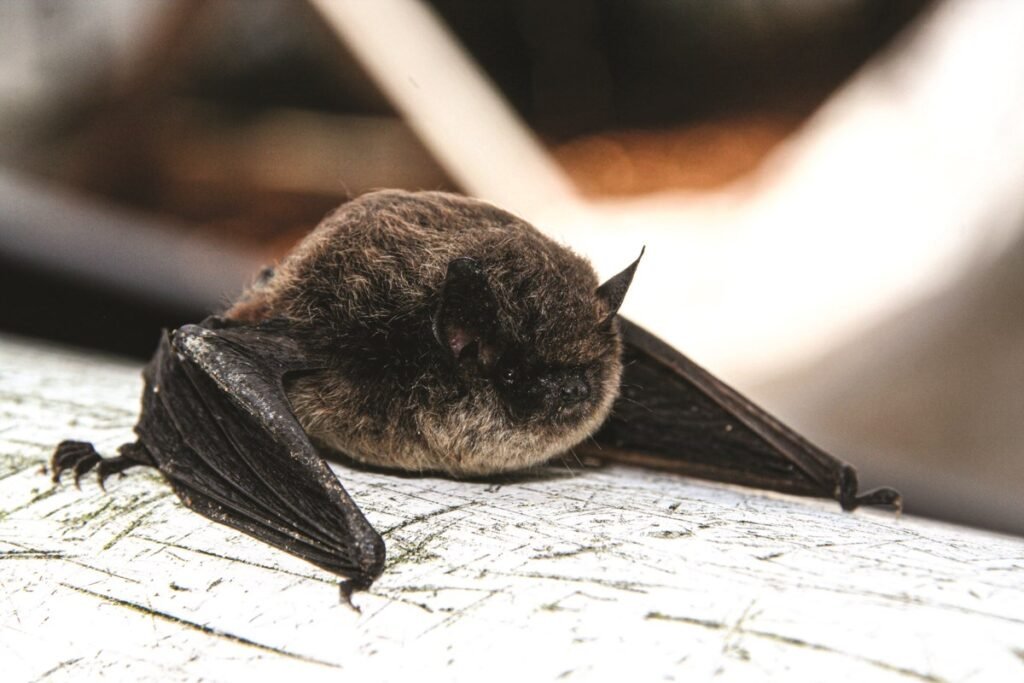Local bats are under threat from disease and local biologists are appealing to the community for help.
Local bats are under threat from disease and local biologists are appealing to the community for help. Last year, the fungus that causes white nose syndrome (WNS) was detected for the first time in British Columbia. This fungus attacks hibernating bats and appears on their wings and faces. When the bat wakes up to remove the fungus from its skin, it depletes its necessary energy reserves and dies of starvation.
Although there is no cure for white-nose syndrome, several promising treatments have been developed that may reduce the impact of this wildlife health crisis. Increasing the number of bat reports from the public helps scientists understand how diseases spread and impact local bat populations. Sunshine Coast residents can report winter bat sightings, known roosting, sick or dead bats by emailing coastwildlife@gmail.com or calling 604-989-1007 . Dead bats can be collected and tested for her WNS, and the report may identify areas of unusual activity.
Some healthy bats may be active in the winter, with some hibernating in firewood piles, sheds, or under the trim of homes. Sleeping bats should be left alone. Keep your distance, take photos, and report sightings. If you need to move your bats, visit www.bcbats.ca for advice. Never touch the bat with your bare hands.
The Sunshine Coast Wildlife Project works in partnership with the BC Community Bat Program and the BC Ministry of Water, Land and Resource Management to promote bat management and citizen science.
They gratefully acknowledge financial support from the Habitat Conservation Trust Foundation, the British Columbia Forest Enhancement Association, the Habitat Stewardship Program, the Gencon Foundation, the Fish and Wildlife Compensation Program, and the Province of British Columbia.

